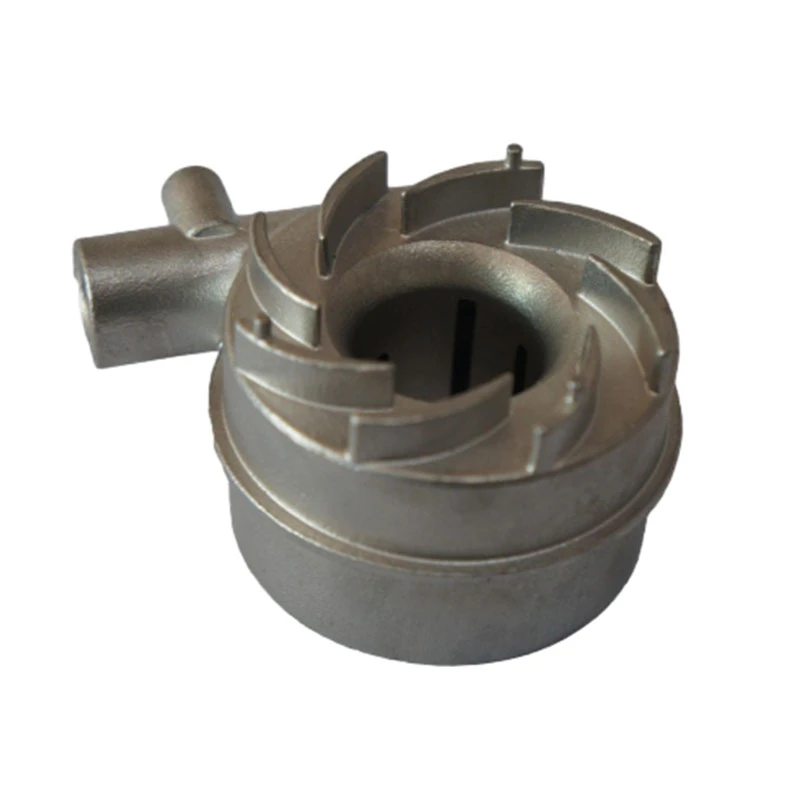Exploring the Properties and Applications of ADC10 Aluminum Alloy for Advanced Engineering Solutions
Understanding ADC10 Aluminum Composition, Properties, and Applications
Aluminum alloys occupy a significant place in the manufacturing and engineering sectors due to their unique properties and versatility. Among these alloys, ADC10 aluminum is particularly noteworthy, primarily because of its use in die casting, a process wherein molten metal is injected into a mold to create intricate shapes with high precision. This article delves into the composition, characteristics, and applications of ADC10 aluminum, shedding light on its importance in various industries.
Composition of ADC10 Aluminum
ADC10 is part of the aluminum die casting family, specifically designed to provide excellent mechanical properties while adhering to specific casting requirements. This alloy is predominantly composed of aluminum, typically around 90%, with an addition of silicon (about 10%). The silicon content in ADC10 aluminum enhances its fluidity during the casting process, allowing for complex geometries and fine details to be achieved without compromise.
In addition to aluminum and silicon, ADC10 may contain other alloying elements such as copper, magnesium, and manganese, all of which play a vital role in determining the overall properties of the alloy. The careful balancing of these elements allows for improved strength, corrosion resistance, and thermal conductivity, making ADC10 a popular choice in various applications.
Properties of ADC10 Aluminum
ADC10 aluminum exhibits a variety of properties that make it suitable for die casting applications. One of its most significant advantages is its excellent fluidity, which allows the molten metal to fill intricate molds efficiently, minimizing defects and ensuring high-quality castings. This property is particularly beneficial in industries that require precision components.
Moreover, ADC10 aluminum demonstrates good mechanical strength and hardness, making it capable of withstanding significant stress and load. Its tensile strength can vary, but it generally falls within the range of 200-300 MPa, depending on the specific heat treatment processes employed. Additionally, the alloy possesses low density, which is typical of aluminum, making it ideal for applications where weight reduction is crucial without sacrificing performance.
adc10 aluminum

Another noteworthy characteristic of ADC10 aluminum is its excellent corrosion resistance. This property is largely due to the formation of a thin oxide layer on the surface, which protects the underlying metal from environmental factors that could lead to degradation. As a result, ADC10 is suitable for outdoor applications and environments where exposure to moisture is prevalent.
Applications of ADC10 Aluminum
Given its advantageous properties, ADC10 aluminum finds applications across various industries. It is commonly used in the automotive sector, particularly for components like engine blocks, transmission housings, and other structural parts where lightweight materials are essential for improved fuel efficiency without compromising strength.
The electronics industry also benefits from ADC10 aluminum due to its excellent thermal conductivity, which facilitates effective heat dissipation in electronic devices. Components such as heat sinks, enclosures, and casings are often made from this alloy to ensure the longevity and performance of electronic products.
Additionally, ADC10 aluminum is employed in the production of consumer goods, household appliances, and industrial equipment due to its versatility and ability to be molded into complex shapes. Its aesthetic appeal, combined with functional advantages, makes it a popular choice for decorative elements and functional components alike.
Conclusion
In conclusion, ADC10 aluminum is a valuable alloy characterized by its lightweight, excellent fluidity, good mechanical strength, and corrosion resistance. These properties make it an essential material in a wide range of applications, particularly in the automotive and electronics industries. As technology continues to advance, the demand for high-quality, lightweight materials will only increase, and ADC10 aluminum stands poised to meet these needs effectively. Understanding its composition, properties, and applications can pave the way for innovation in manufacturing, leading to better, more efficient products across various sectors.
-
Precision Sheet Metal Stamping Manufacturer | Fast & ReliableNewsAug.01,2025
-
OEM Sand Cast Pump Valve Fittings - Baoding Hairun Machinery And Equipment Trading Co., Ltd.NewsAug.01,2025
-
Custom OEM Impellers | High Efficiency & PrecisionNewsAug.01,2025
-
OEM Sand Cast Pump Valve Fittings - Baoding Hairun Machinery | Customization, Quality AssuranceNewsAug.01,2025
-
OEM Sand Cast Pump Valve Fittings - Baoding Hairun Machinery And Equipment Trading Co., Ltd.NewsAug.01,2025
-
OEM Sand Cast Pump Valve Fittings - Baoding Hairun Machinery And Equipment Trading Co., Ltd.NewsJul.31,2025















